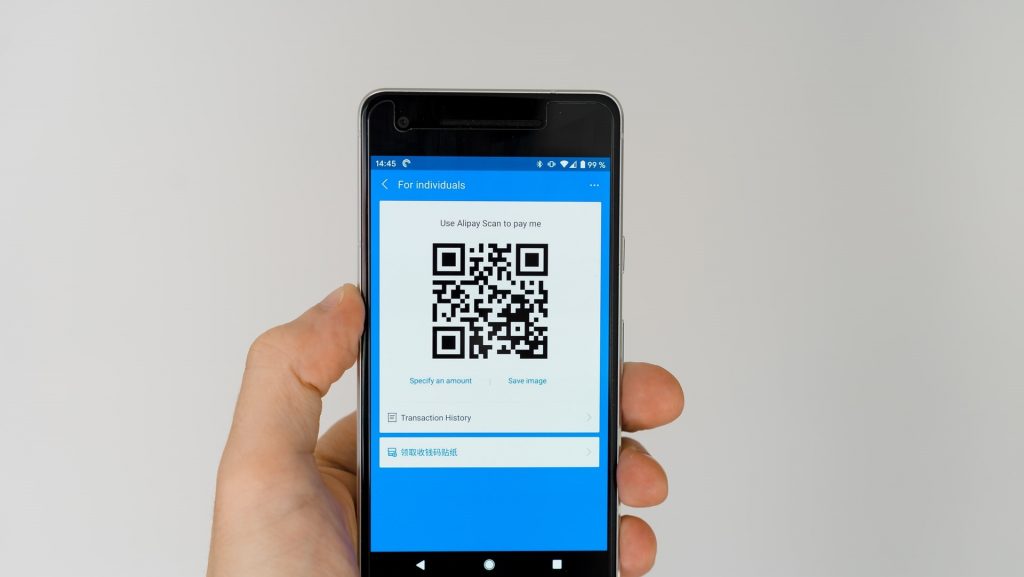AI isn’t coming. It’s already at your desk. And if you’re South African, chances are you’re ready to hit the ground running. A brand-new…
Africa: why digital payments are key to financial inclusion [Opinion]

Every day, hundreds of millions of payment transactions are completed across the African continent. They’re done using myriad technologies including cards, mobile money, and digital payments.
By far the most, however, are in cash. Each of these competing payments is trying to dominate and defeat cash, with siloed “winner takes all” consumer payment offers, but which payment type can most effectively promote financial inclusion, helping grow economies and jobs along the way?
Given the success of mobile payments in Africa over the past decade or so, you might be surprised to learn that it isn’t the technology most likely to be a game changer for meaningful financial inclusion for the informal productive economy
Instead, the best hope for financial inclusion and growth on the continent is a digital payments platform that is merchant centric, and that benefits the artisans, SMEs, and small farmers. A payment that empowers the productive economy.
Cash and mobile money
At present, cash is still king in many African countries. According to one report, cash accounts for over 50% of transaction value in South Africa. This is despite South Africa having one of the most mature banking and payment spaces and the deepest card penetration rates on the continent.
Despite the growth of digital payments, cash isn’t going away. In fact, a report from The Currency Association shows that the value of cash in circulation grew steadily in six major African countries between 2008 and 2017.
That’s understandable. Cash is easy to understand. Cash is trusted. You hand over a set amount and get the goods or services you desire. It’s also so culturally entrenched that it doesn’t require learning new behaviours or learning for merchants to “trust” that somehow your valuable goods are being exchanged for money in an account somewhere.
Despite its ubiquity and being the most deeply entrenched incumbent payment, there are serious downsides to cash.
Cash is costly and does not provide the digital transparency that financial institutions need to provide small merchants with helpful products and services.
Cash that is taken into a business and then goes out again leaves no trace of it ever having been there, at least to the bank that is trying to serve the business. It is opaque by nature, which makes it difficult for the bank to understand a business. That opacity effect locks out small businesses and those operating in the informal sector from being included in the formal economy.
Although counted as “included” for having a transaction account, cash-based businesses present too much cost and risk to be banked with higher value financial services and credit.
Mobile money throws up similar issues and introduces consumer fees which are also a significant inhibitor to financial inclusion, particularly if the P2P payment is on a 3rd party platform. One of the biggest drawbacks is the peer to peer (P2P) nature of mobile money payments (like cash, it goes in and out of a business without a record of the transaction).
A merchant can spend or deposit cash and P2P payments anywhere. This is convenient but the flow of payments cannot be seen or predicted and therefore cannot be collateralised. This leaves the business as unbackable beyond a low value, fee-based transaction service.
The power of digital payments
Digital payments provide a track record in data that forms the basis of a formal banking relationship. It’s for that reason that digital merchant-centric pull payments, where a customer presents credentials to a merchant and authorises the merchant to “pull” the payment from the consumer’s account, should be the norm.
This ability is provided to a merchant by an “acquiring bank”, which assures that the payment will be received by the business’ account at that bank. Because the payment cannot be redirected, it is a reliable indication of the business’ cash flow.
These payments can be collateralised and be used to guarantee a loan, to collect premiums, to set aside savings for pensions and investment, or for payroll services. This should be the focus when it comes to financial inclusion for the productive and informal economy in Africa: using a digital payment as a gateway to higher value financial services.
For merchants, there must be a much bigger benefit to accepting a digital payment at a fee than simply being able to move away from cash. That exponentially larger benefit comes in the shape of a formal relationship with an acquiring bank and the financial services that come with becoming a bankable business.
There are many incidental benefits of any good digital payment platform, including contactless payments, instant clearing, and bill payment. Bit consumer convenience is not enough. Both the consumer and the merchant need to want the digital payment.
Merchant-centric payments deliver consumer and merchant benefits such as loyalty schemes, but only this type of payment can provide the digital transparency and reliability necessary to deepen a business relationship with an acquiring bank where the real value can be realised.
Much has been said about Africa’s potential, but if that potential is to be unlocked, then small, medium, and micro enterprises (SMMES) need to be empowered with access to the same kind of formal financial services that large businesses have access to. Digital mobile merchant payments are a gateway to meaningful financial inclusion for the informal sector.
Whoever manages to provide this stands to make a real contribution.
This article is written by Murray Gardiner, managing director of Bluecode Africa
Featured image: Markus Winkler via Unsplash


